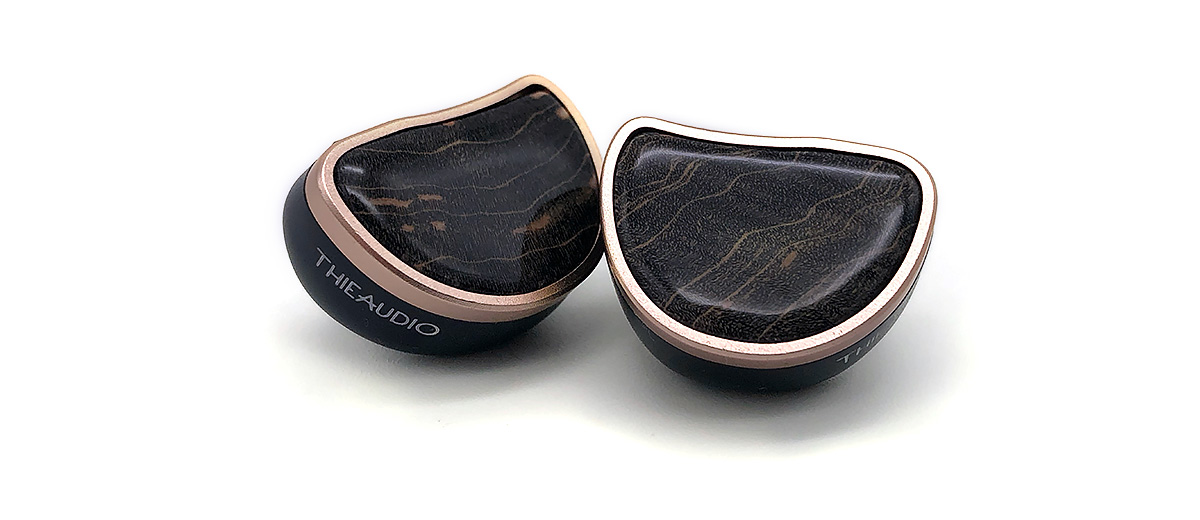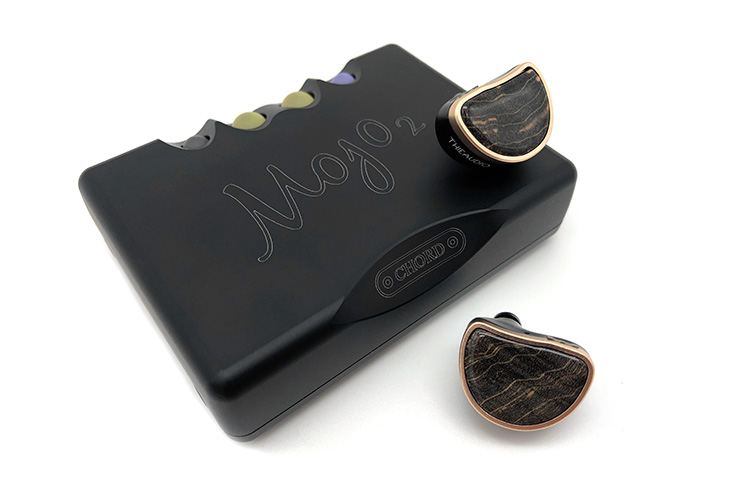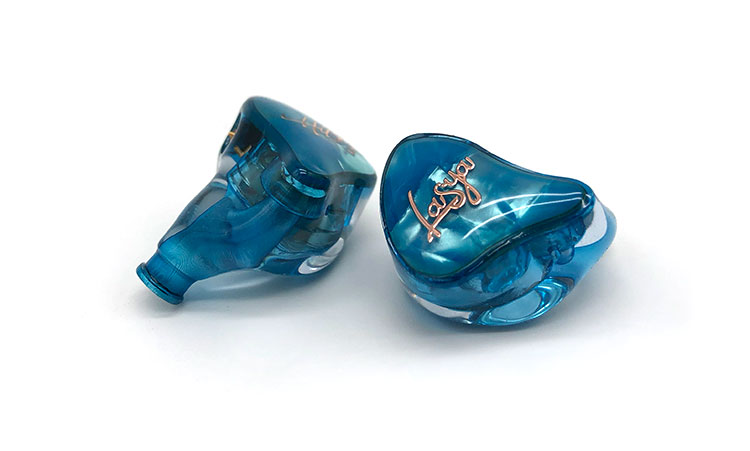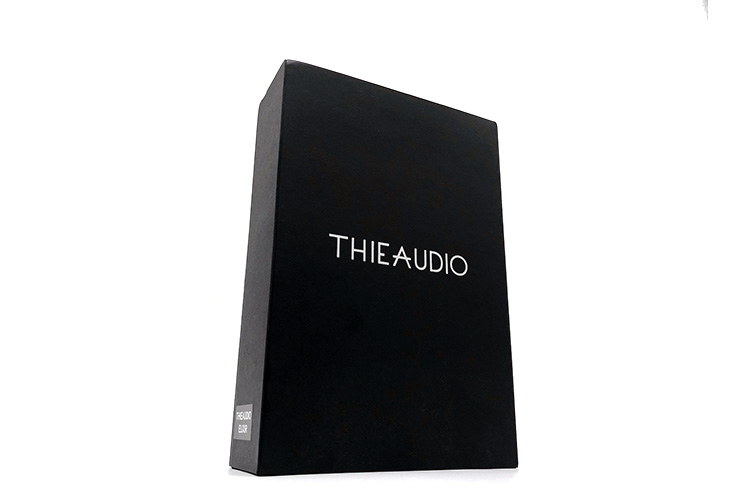Synergy
Efficiency
Seven clicks from mute, the Elixir won’t be drinking the battery of a beefy portable DAC/amp like the EarMen Angel. This setting is within the 25% volume range of the Angel and I didn’t even need to toggle the high gain.
With a high efficiency coming being rated at 18W and 112dB sensitivity, it is also easy to run the Elixir using the Chord Mojo 2. The two orbs showing the volume level are both blue, 14 clicks before the high gain kick in.
Pairings
Strengthening the presence and body of the low-end region of the Elixir more than the EarMen Angel, I find the Chord Mojo 2 a better fit for less critical listening. It’s not that the Mojo 2 is lacking in resolution, only the Angel has the better talent in showing off the subtler parts of a beat.
This is a good tradeoff in my opinion since the Mojo 2 is not as thin when it comes to instruments like the guitar. The Mojo 2 accentuates the built-in tonality of the Elixir without blunting the metallic pluck of a string.
Vocal quality is close between the Angel and the Mojo 2 but you’ll get a more forward presence and fluid timbre in the latter if that’s what you prefer.
Neither of the two DAC/amps sounded harsh in the upper midrange to lower treble thanks to the balance of the Elixir. The Angel as expected hinted at thinness as it excited the sound more than the Mojo 2.
Staging though will be a little bit less if using the Mojo 2. Where it shows promise against the more dispersed presentation of the Angel is in accentuating the airy parts of the song and also generating grander-sounding objects.
Select Comparisons
Raptgo Hook-X
$239
Technical
If the Elixir reimagined the design of a dynamic driver, the Hook-X went more aggressive in its vision by combining for the very first time a planar and PZT driver tech inside an open-back housing.
And with two custom drivers to discuss, the Hook-X justifies its price difference. The 14.2mm planar driver matches the 20Hz-40kHz range of the Elixir plus it still has the backing of the 18-layer PZT driver to brush up on the treble response.
The Hook-X is also given the care to have an acoustic damping system to achieve a balanced tuning. This is taking into account that the planar driver is tuned for impactful sub-bass.
Letting the drivers breathe in the Hook-X is the opened face plate which in return also lets the soundstage widen and ear pressure buildup be better handled. The Elixir cannot have this feature due to the strip of burl wood closing off its face.
Design
There is also only one-color combination available for the Hook-X but its spearmint bezel and open-back faceplate immediately puts it closer to the younger audience. Not that the Elixir won’t, but the burl wood it is using plus its blacker main chassis accentuates it towards a more luxurious piece.
The Hook-X specifically mentions that its shell is crafted after a large data set of ear simulations. This part may not be declared with the Elixir but I still find both designs to be comfortable with the slight difference that the Hook-X is sitting larger and heavier.
Performance
Individuals who like their bass-heavy will find the softer thump of the Hook-X more enjoyable against the drier sounding quality of the Elixir. Delineation of bass strings as a result is clearer on the Elixir even though the low-end of the Hook-X is carefully tuned to not upset the rest of the frequency.
As an opposite scenario, the Hook-X is weaker sounding when it comes to the midrange. The Elixir in having a more emotive timbre with less scoop in presence exposes the vibrato of singers more than the dispersed picture of the Hook-X.
Guitars on the Hook-X have a smoother shimmer and play better in accompaniment since the instruments aren’t trying to be the hero of the scene. Expect a softer yet pleasing approach in the Hook-X as it doubles down in trimming the excess vitality of louder objects.
When it is composing a busy electric guitar, in addition to a thinner timbre on the Hook-X, it is also the more dynamic and immersive of the two. The presentation sets the violin tighter in a clearer position while also staging further.
HiBy Lasya
$199
Technical
Also having a single dynamic driver, the Lasya is the simpler one in its driver technicalities. With only its 10mm carbon nanotube diaphragm and average 20Hz-20kHz frequency range to show, the Elixir will seem to be the more exciting of the two.
However, even though both are in the UIEM category, the Lasya is more special when we finally talk about what HiBy did to their chassis. Optimizing the shell to follow the curvature of the human ear, the Lasya has been given a CIEM-style housing that supposedly rivals the comfort and fit of true custom-ordered ones.
The Lasya is also using the more modern Pentaconn Ear sockets which by design are meant to last longer than other options. Of course, it is not as easily compatible as the 2 pin sockets used in the Elixir so your mileage may vary in finding a good reason to invest in buying aftermarket cables with Pentaconn Ear connectors.
Design
As already touched upon, the Lasya is louder on its CIEM-style shell which is answered to by the Elixir having a unique clear coated burl wood decoration for its face. The face of the Lasya is still not completely left alone since under the resin in each earpiece are the words ‘HiBy’ and ‘Lasya’ designed in an artful font.
The Lasya in blue also pops outdoors since the rest of the shell is made entirely of high-quality transparent epoxy. This will let you peek inside to get a glimpse of the dynamic driver and other components.
Performance
The Elixir hit the nail on the head when talking about the more effortless subtleties it bears even though it is thicker and warmer than the Lasya. I find that the Lasya is too light withdrawing any attention to itself at the cost of drowning resolution in a smoother edge.
Having a wider but not as tall stage as the Elixir, the Lasya will spread a clapping audience further but it won’t be as believable in terms of scale and resonance since it is also quite metallic. Here, the Lasya also tends to be more crystalline and finer in presenting the strings of a guitar.
I enjoy the brass sound on both IEMs but the Lasya handles air better where the Elixir begins to add flavor. On the other hand, since the Elixir has a deeper and heavier lower tone, the dynamics of an ensemble have a more pleasing play of depth and roughness.
Lastly, while the violin is thinner in the Lasya and not as natural and charming as the Elixir, it makes it easier to position and isolate as an outcome.
TinHiFi P1 Max
$169
Technical
Competing in the planar space but still in the budget category is the P1 Max which houses a 14.2mm planar magnetic design. Having a different technology, the most obvious distinction between this and the Elixir is the lower 10Hz reach of the P1 Max in the sub-bass region and its 16W and 98db sensitivity which is akin to using planar drivers.
The P1 Max boasts a 2-micron thick diaphragm sandwiched between two groups of N52 magnets. With planar drivers notoriously piling up on weight, bringing the weight down for the P1 Max is the lightweight aluminum used in the diaphragm which in any case is still simpler in principle than the 3D Velocity Transducer of the Elixir.
Design
Since the Elixir is joining different materials together, the seams where the bezel meets the burl wood and the rest of the shell are quite obvious. On the other hand, the P1 Max uses a 3D-printed stainless steel torch wire drawing process to shut off the case for an entirely smooth and high gloss finish.
While the P1 Max dumps the iconic 304 stainless steel and golf head shape of the P1, its transition to using a lightweight resin allows it to remain comfortable. So, it may not have the exotic vibe of the Elixir noting as well the completely straightforward chicken fence print on the face of the P1 Max, but its value is when it is worn.
Performance
If the Elixir prioritizes detail as it touches on warmth, the P1 Max is playing catch up in definition due to its softer and more immense character. But in less busy situations where the bass isn’t too calling, the P1 Max tightens up clearing its surroundings for an easier time with separation and delineation.
The difference lies in timbre as one can expect skill in the delivery of both IEMs in evenly distributing images. With a holographic scale to its height and width, a live audience in the P1 Max lets a live audience clapping appear dispersed, if only slightly less organic than the Elixir.
Having a more pronounced upper midrange, the P1 Max approach is to dissipate energy by staging the vocals further. Guitars will sound lighter and more refined on the P1 Max whereas the Elixir will turn an emotive singer into a more absorbing listen.
The Elixir edges the P1 Max a bit in the reproduction of an electric guitar. While both handle the dynamics associated with usual rock songs, the P1 Max arrives with more aggressiveness which could be fatiguing if the volume is set a bit too high.
Cymbals also showed differences considering that the Elixir preserved the natural reverb and dispersion whereas the P1 Max did not sound as realistic. Even if the P1 Max is the more metallic of the two, the mix of flavors in the Elixir made it less strained.
Our Verdict
I don’t usually associate the word analog or vintage with IEMs but Thieaudio proved it can be done in the form of the Elixir.
Listeners can expect a clever negotiation of tonal balance between the usual V-shaped and neutral presentation without upsetting either use case.
Also, their new 3D Velocity Transducer did not fail to intertwine detail and clarity in almost every facet of the spectrum. There may still be areas where it can improve but it is a surprising contender even with higher-priced competition.
Thieaudio Elixir Technical Specifications
- Driver Unit: 3-Dimensional Velocity Transducer Diaphragm Dynamic Driver
- Connector: 0.78mm 2pin
- Cable: 2 Core OCC + OCC-silver plated Litz Cable
- Cable Length: 1.2m
- Frequency Response: 20-40kHz
- Plug Type: 3.5mm
- Sensitivity: 112dB
- Impedance: 18Ω







